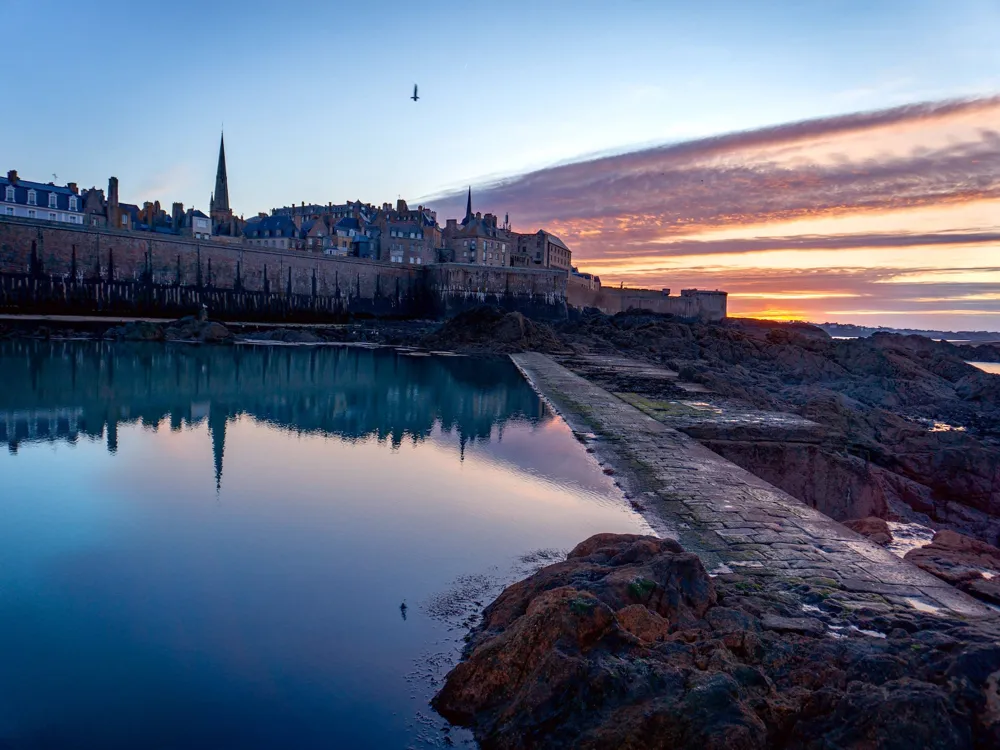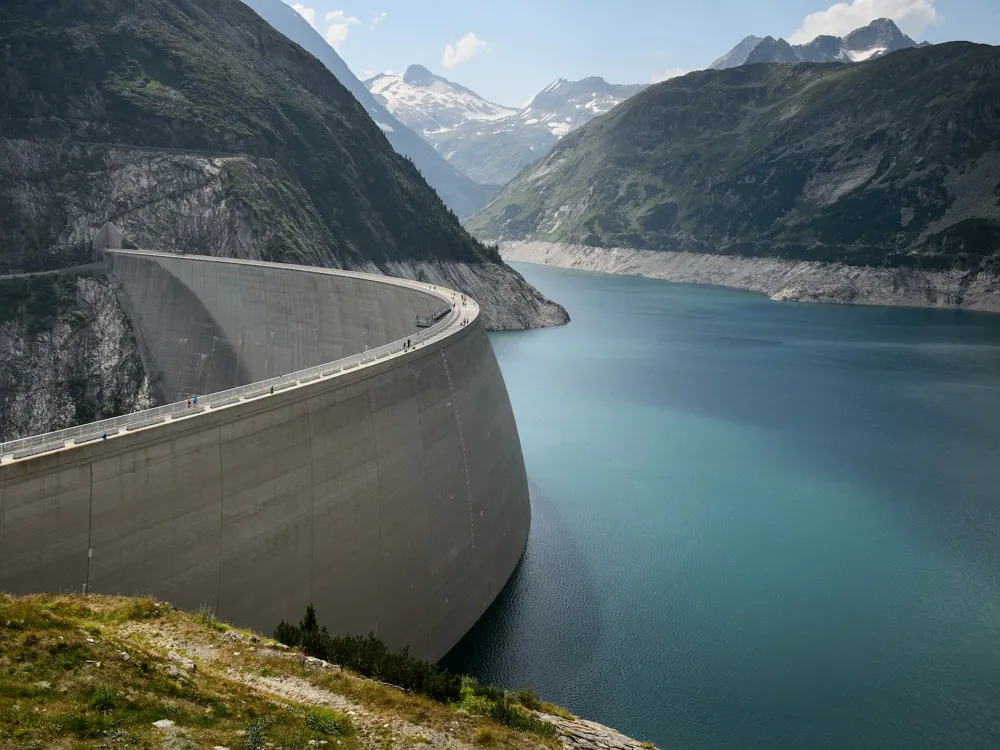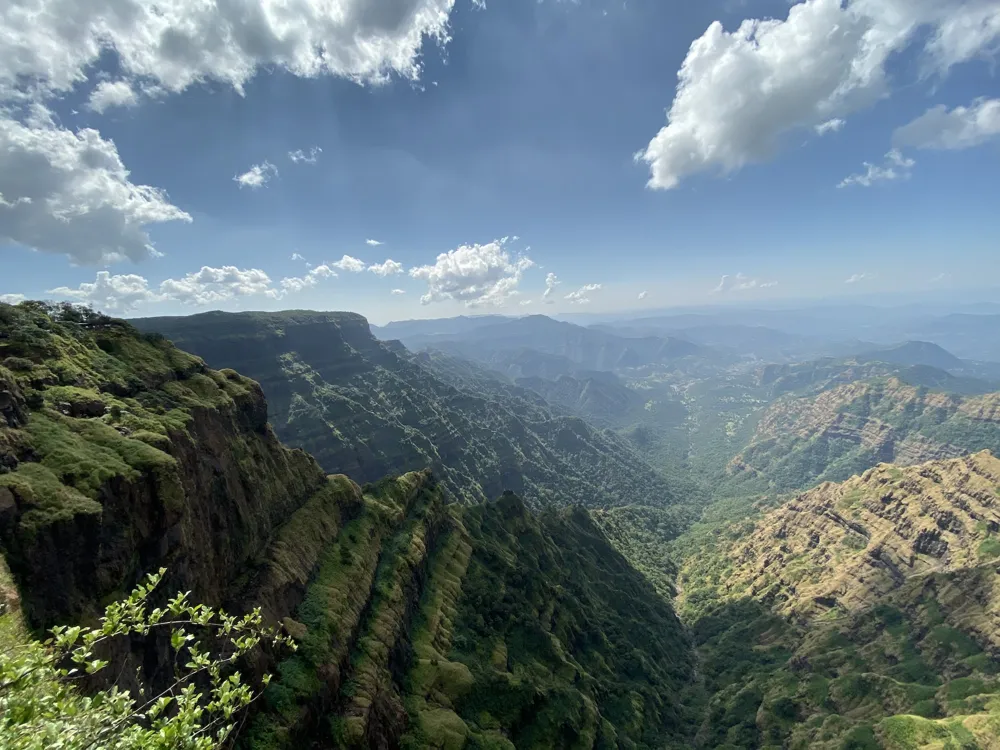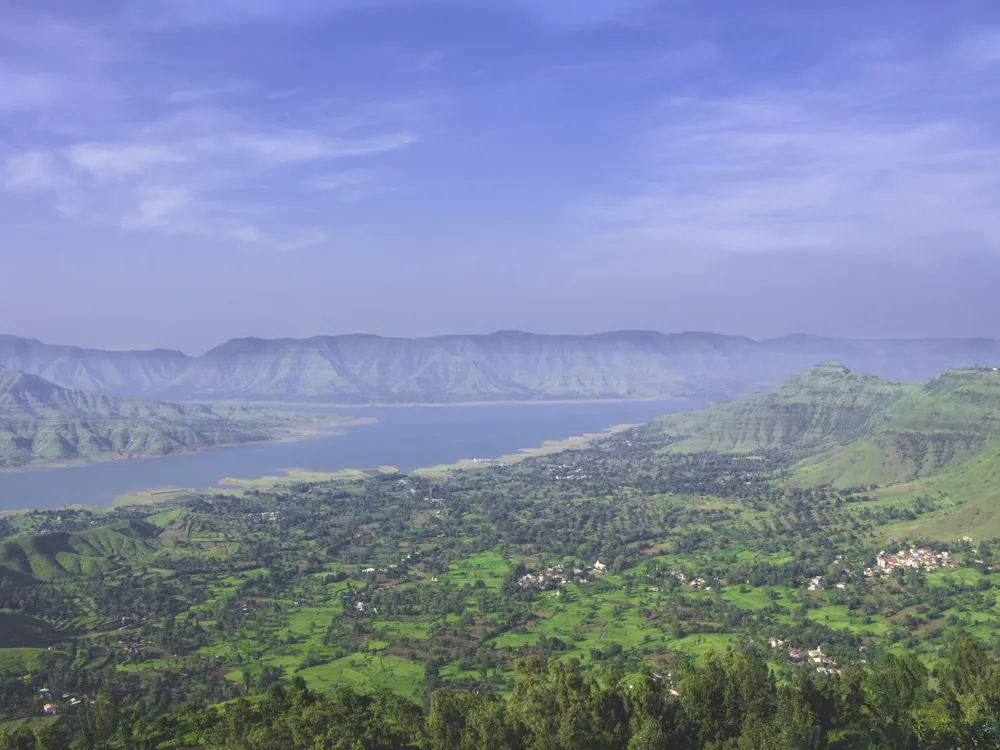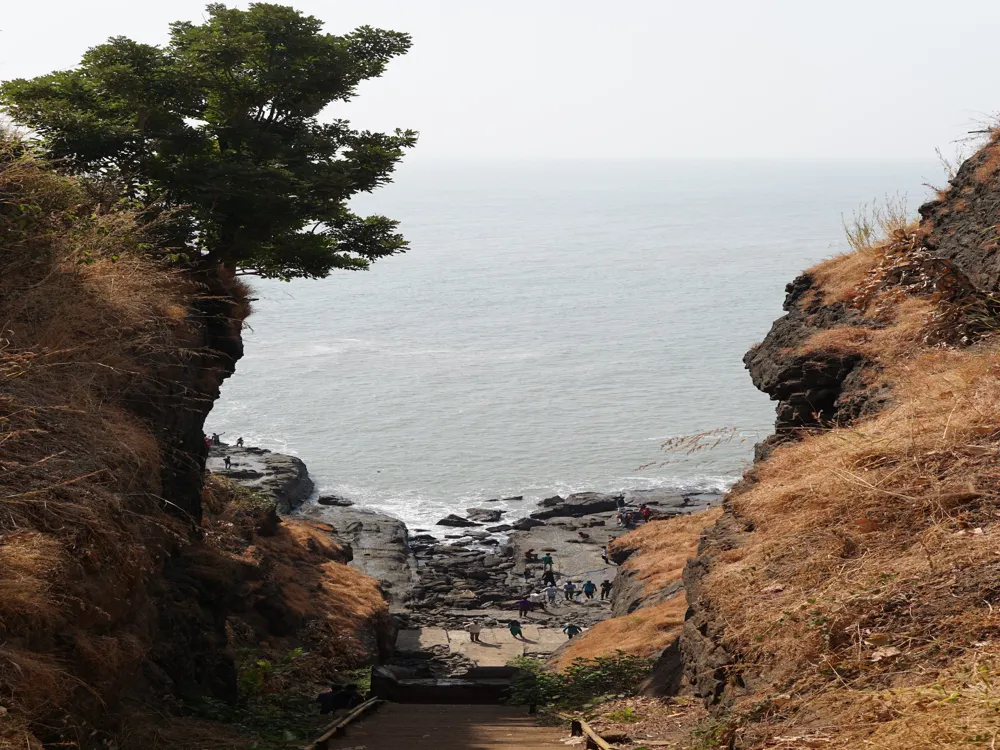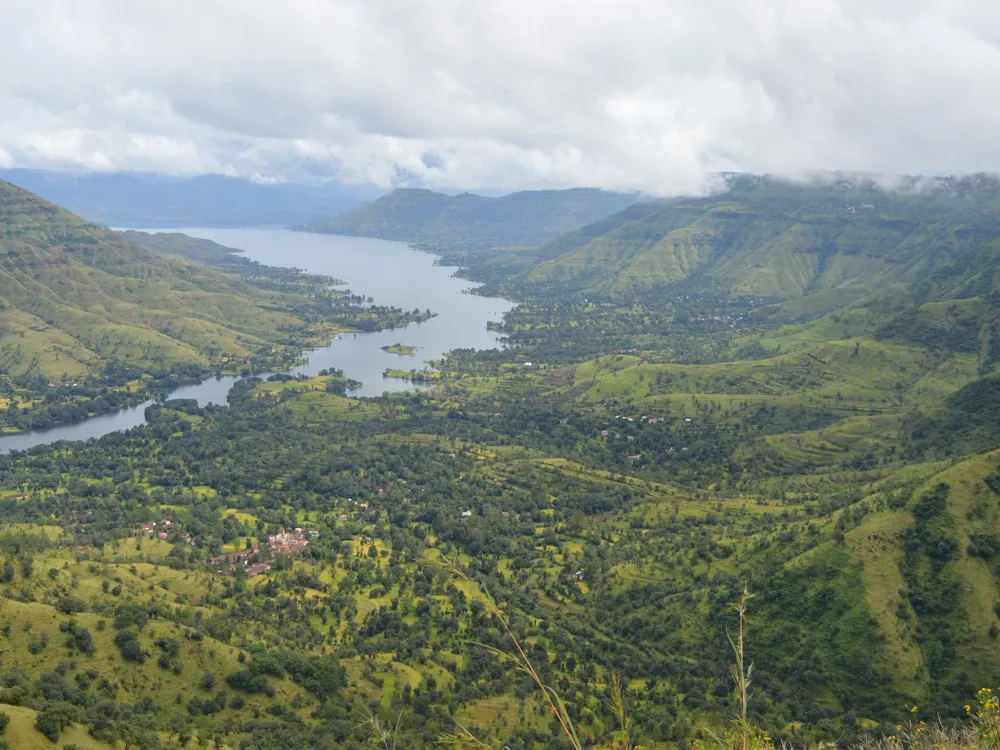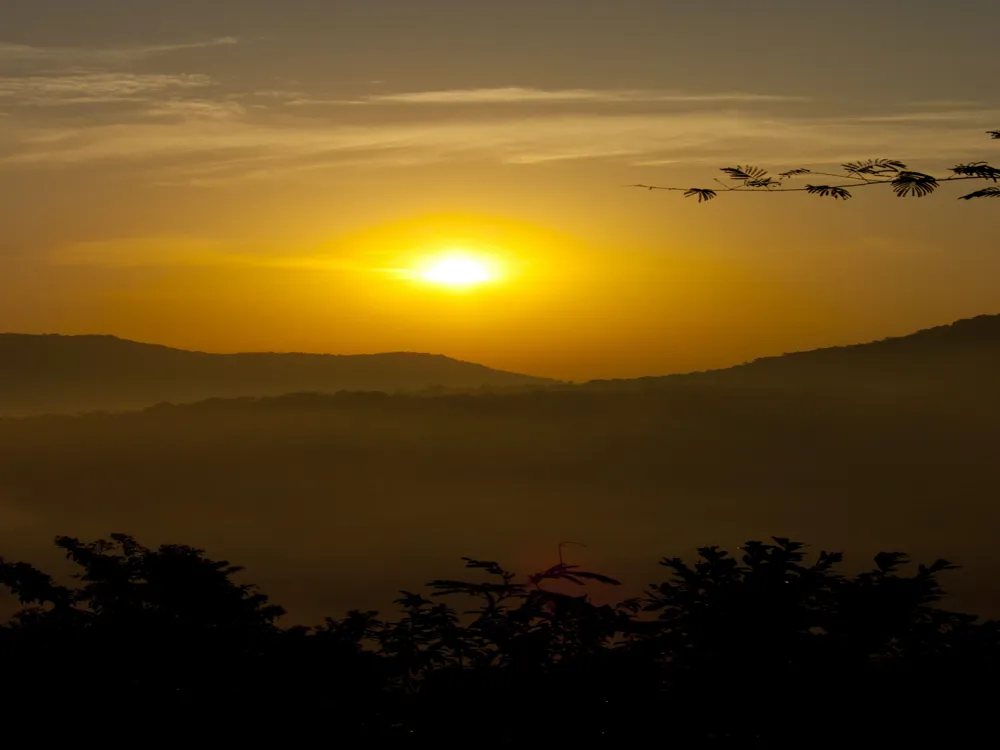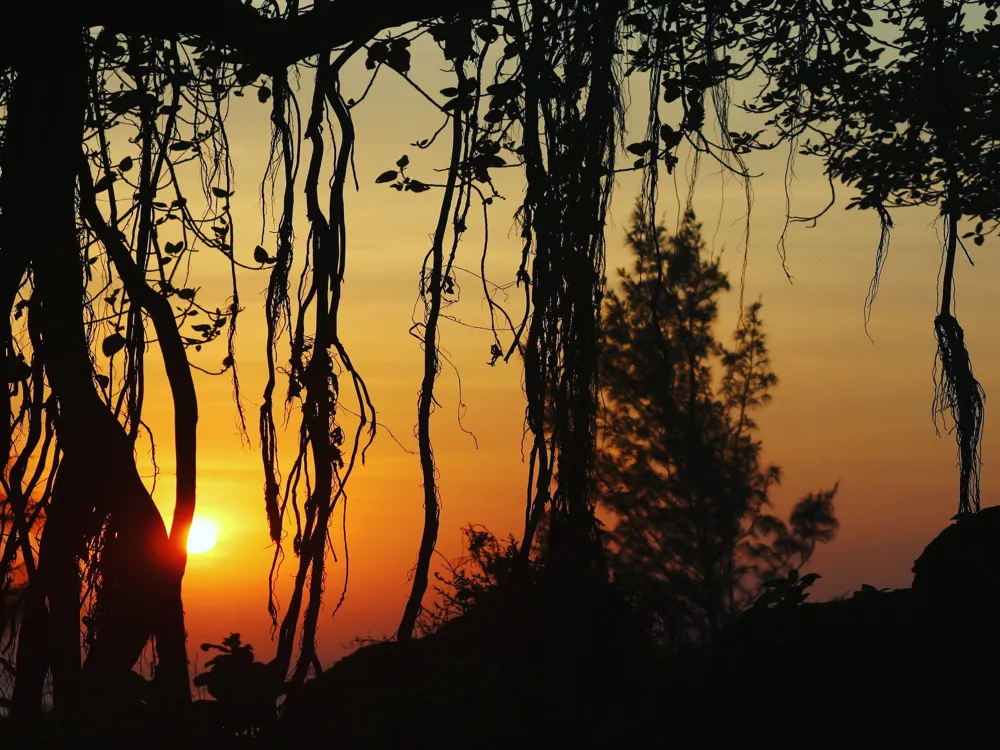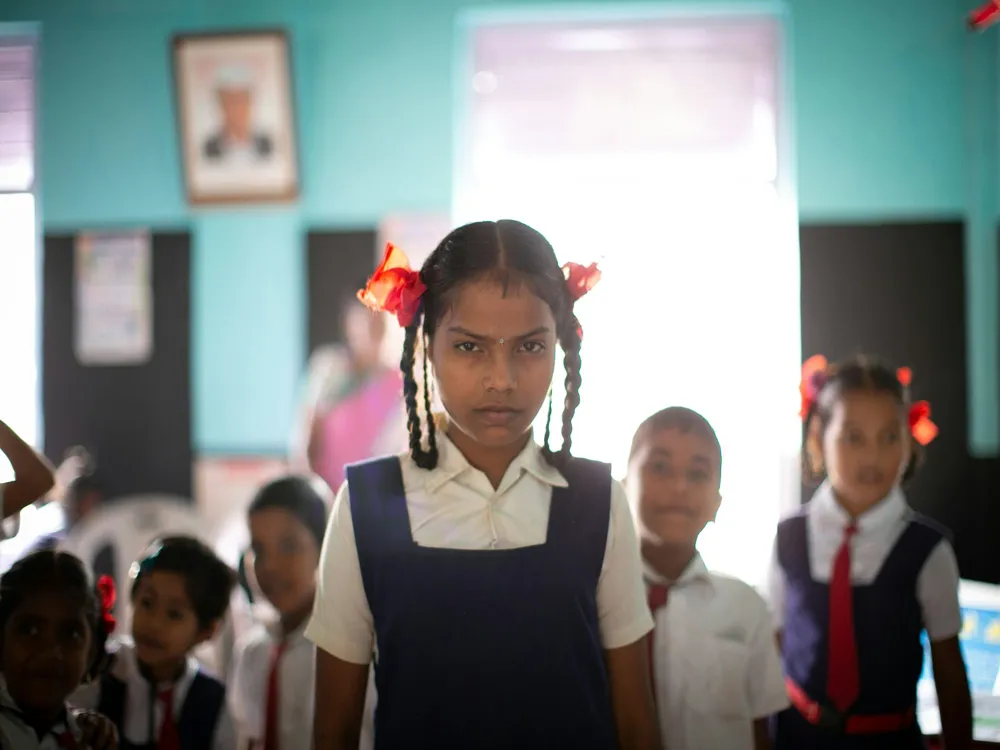The Koyna Dam, a magnificent example of human engineering and natural beauty, is situated in Chiplun in the Indian state of Maharashtra. It stands as a testament to the ingenuity and perseverance of those who built it. This colossal structure, primarily built for hydroelectric power generation and water supply, also plays a pivotal role in flood control. Constructed over the Koyna River, a tributary of the Krishna River, it is nestled in the Western Ghats, a UNESCO World Heritage site, renowned for its rich biodiversity.
The idea of constructing the dam emerged in the early 20th century, with the main objective of addressing the electricity needs of the nearby regions. Its construction began in the late 1950s, with the dam reaching completion in 1963. Over the years, the dam has undergone several upgrades and renovations to enhance its capacity and efficiency. The Koyna Dam is not just an engineering marvel but also an essential component of the regional ecosystem, supporting a variety of flora and fauna. It has significantly contributed to the socio-economic development of the area, bringing in advancements in agriculture, industry, and improving the living standards of the local population.
The Koyna Dam area is also a popular tourist destination, attracting visitors with its scenic beauty and tranquil environment. The dam, enveloped by lush greenery and rolling hills, offers a picturesque view that is a feast for the eyes. The serene ambiance, coupled with the impressive sight of the dam and the reservoir, makes it a must-visit spot for nature lovers and photography enthusiasts.
The architecture of Koyna Dam is a blend of robust engineering and aesthetic design. It is a rubble-concrete dam, which means it is made using a combination of rock-fill and concrete. This type of construction is not only cost-effective but also provides the flexibility to withstand seismic activities, a crucial factor considering the region's vulnerability to earthquakes. The dam has a height of 103.2 meters and a length of 807.2 meters, making it one of the largest dams in Maharashtra.
One of the most remarkable features of the Koyna Dam is its hydroelectric power plant. It is considered one of the largest hydroelectric power plants in India, with a total installed capacity of 1960 MW. The power plant operates by utilizing the water from the Koyna reservoir, which has a storage capacity of 2,797 million cubic meters. The dam has four stages of power generation, each equipped with turbines and generators of varying capacities. These stages are strategically located at different levels of the dam to maximize energy production.
The dam's design also includes spillways, which play a critical role in flood management. These spillways ensure that the water level in the reservoir does not exceed the safety limit, thus preventing potential flooding in the downstream areas. The dam's reservoir, known as Shivaji Sagar Lake, also serves as a major source of water for irrigation and drinking purposes for the surrounding regions.
The architecture of the Koyna Dam is not only functional but also environmentally conscious. Efforts have been made to minimize the environmental impact of the dam's construction and operation. The surrounding area has been developed into a wildlife sanctuary, protecting numerous species and maintaining the ecological balance. This thoughtful integration of engineering and environmental conservation makes the Koyna Dam a remarkable example of sustainable development.
The ideal time to visit Koyna Dam is between October and February. During these months, the weather is pleasant, making it comfortable for tourists to explore the area. The monsoon season, from June to September, although scenic, can be challenging due to heavy rains and potential landslides.
Visitors should adhere to safety guidelines, especially near the dam and reservoir. It's crucial to follow signboards and not venture into restricted areas. During the monsoon, extra caution should be exercised due to slippery surfaces and increased water flow.
There are several accommodation options near Koyna Dam, ranging from budget hotels to luxury resorts. Tourists are advised to book their stay in advance, especially during peak seasons. Basic facilities like food stalls and restrooms are available, but it's recommended to carry essentials like water and snacks.
Koyna Dam offers stunning landscapes for photography. Early mornings and late afternoons are the best times for capturing the golden light. Visitors should respect the privacy of locals and seek permission before photographing them.
Koyna Dam is accessible by various modes of transport. The nearest airport is in Pune, approximately 190 kilometers away. From Pune, visitors can hire taxis or take buses to reach the dam. The nearest railway station is at Chiplun, around 40 kilometers from the dam. Regular bus services and taxis are available from Chiplun to Koyna Dam. For those driving, the dam is well-connected through state highways and national highways, offering a scenic drive through the Western Ghats.
Overview of Koyna Dam in Chiplun, Maharashtra
Architecture of Koyna Dam
Tips When Visiting Koyna Dam
Best Time to Visit
Safety Precautions
Accommodation and Facilities
Photography Tips
How to Reach Koyna Dam
Koyna Dam
Chiplun
Maharashtra Goa
NaN onwards
View chiplun Packages
Weather :
Label : Must Visit
Tags : Dam
Timings : Open until 5:00 PM
Time Required : 1 hour
Entry Fee : No Entry Fee
Permission : Required
Boating : Available (Prior permission required)
Planning a Trip? Ask Your Question
Chiplun Travel Packages
View All Packages For Chiplun
Top Hotel Collections for Chiplun

Private Pool

Luxury Hotels

5-Star Hotels

Pet Friendly
Top Hotels Near Chiplun
Other Top Ranking Places In Chiplun
View All Places To Visit In chiplun
View chiplun Packages
Weather :
Label : Must Visit
Tags : Dam
Timings : Open until 5:00 PM
Time Required : 1 hour
Entry Fee : No Entry Fee
Permission : Required
Boating : Available (Prior permission required)
Planning a Trip? Ask Your Question
Chiplun Travel Packages
View All Packages For Chiplun
Top Hotel Collections for Chiplun

Private Pool

Luxury Hotels

5-Star Hotels

Pet Friendly







